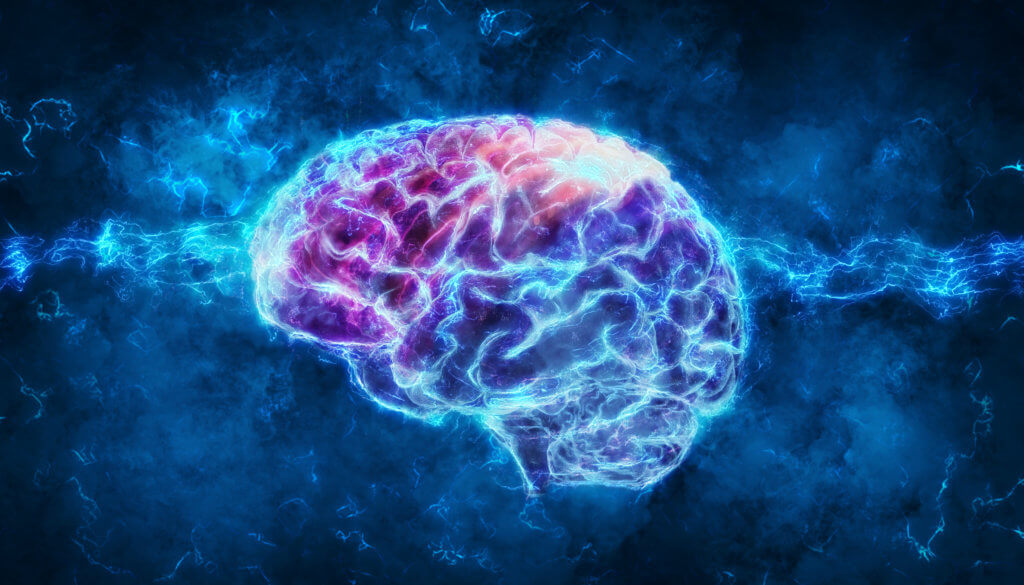Does your child have difficulty paying attention in class or tends to move around a lot more than the other kids. Do they find it difficult to fall asleep at night?
Then Neurofeedback could be an option for you and your child.
Let’s take a closer look at what Neurofeedback is…
Neurofeedback (NFB) is a type of natural therapy that can help your child’s brain calm itself down, pay better attention in school and fall asleep faster at night. How is this possible you ask? Simple. You do these things by training your brain to learn a “special” trick which helps you to concentrate better.
This trick can be similar to watching your child play a video game but in a more complex way. During a video game, you or your child may lead your favorite team to the championships, win a race or defeat 99 other players in a game of Fortnite. Just like in these games, the gamer feels excitement and pleasure while playing. That is part of the neurofeedback concept.
Is Neurofeedback like a video game?
The difference between those video games and NFB is that when the game is done, the gamer hasn’t gotten any stronger, smarter or better at concentrating on things like schoolwork. But with NFB, instead of your fingers moving the characters, your brain does all the work. This is a form of operant conditioning that you may remember from your past psychology classes. When your brain activity is not producing the desired activity, the images you are trying to control stop moving or being displayed until your brain produces the ‘right’ brain wave pattern. This begins to train better focus and attention skills in kids with ADHD.
In using neurofeedback with kids that have ADHD, the ‘right’ kind of brain activity is considered the type of patterns they produce when they are still, focused and looking at or listening to something with a purpose. When your child is in that “active brain” frame of mind, the brain regions responsible for attention and focus produce an electrical signal or “brain wave” that is pulsing at about 13-21 cycles per sec (Hz). These waves are your beta waves.
When your child is in the “zoned out” mind set, for example when their teacher is speaking, they are reading a book, or struggling to come up with a simple sentence that includes specifics words or phrases, the brain produces a different pulse, which is going at about 4-8 Hz. These waves are your theta waves. This is when your child can easily become distracted and the brain regions that control movement begin to produce these “slow” brain waves. This would be considered a child who is hyperactive. The control center for impulsive and hyperactive behaviors goes to that “zoned out” phase and your child acts without thinking.
Neurofeedback can help set your child up for a future of academic success.
Neurofeedback uses specialized equipment and software that monitors the amplitude or height of theta and beta waves, as well as muscle activity (facial movements and body movements). While your child may find the experience entertaining, the ‘training’ aspect is the most effective and is intended to teach your child how to persevere and pay attention when doing tasks that are not always entertaining.
Children who participate in NFB sessions typically see improvements in grades, the ability to maintain focus in class, have better organization and task planning and a whole lot more. NFB can also work on training your child’s brain to function more calmly and ultimately more efficiently. It is also a good tool to help improve duration and quality of sleep.
If you would like to learn more about the process of neurofeedback please visit us here
If you are ready to give neurofeedback a try- click here and schedule your first appointment.

